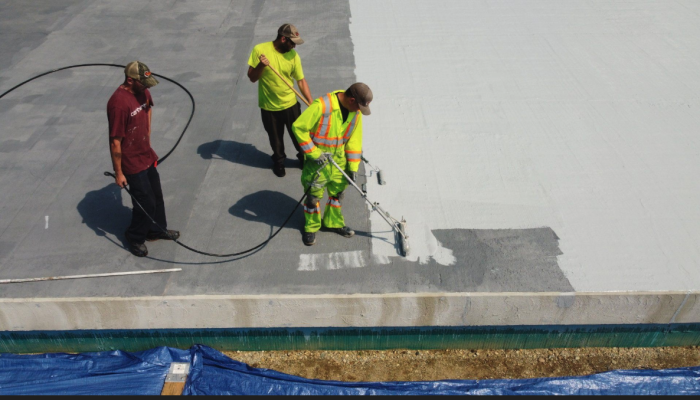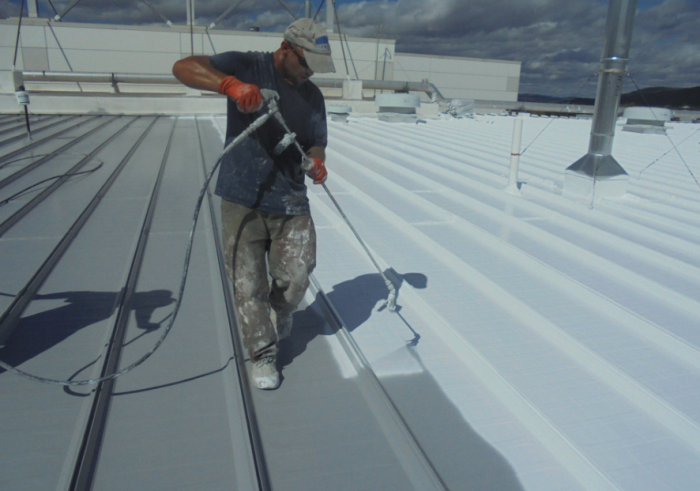

Examples of liquid-applied roofing include several types of polymer-based materials that are applied as liquid membranes or coatings to create seamless, waterproof layers on roofs. Common examples are:
- Polyurethane liquid roofing (PU liquid), known for its high strength and durability.
- Acrylic liquid-applied coatings, often water-based and used for elastomeric roof coatings.
- Silicone roof coatings, which provide extreme temperature resistance and UV protection.
- Polyurea and polyaspartic coatings, often used in two-component formulations for high-performance membranes.
- PMMA (polymethyl methacrylate) coatings.
- STP (silyl-terminated polyether) coatings.
These liquid systems are typically applied with primers, base coats with reinforcing fabric, and top coats to form durable, flexible, and watertight membranes that conform to complex roof shapes and penetrations. They are used on various substrates including concrete, metal, wood, and single-ply membranes like PVC, TPO, and EPDM, suitable for new roofs, roof replacements, and re-cover systems.[1][2][3][4][5]
